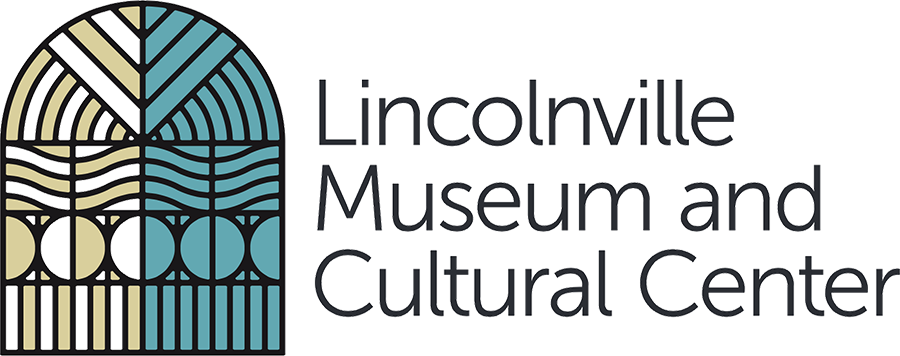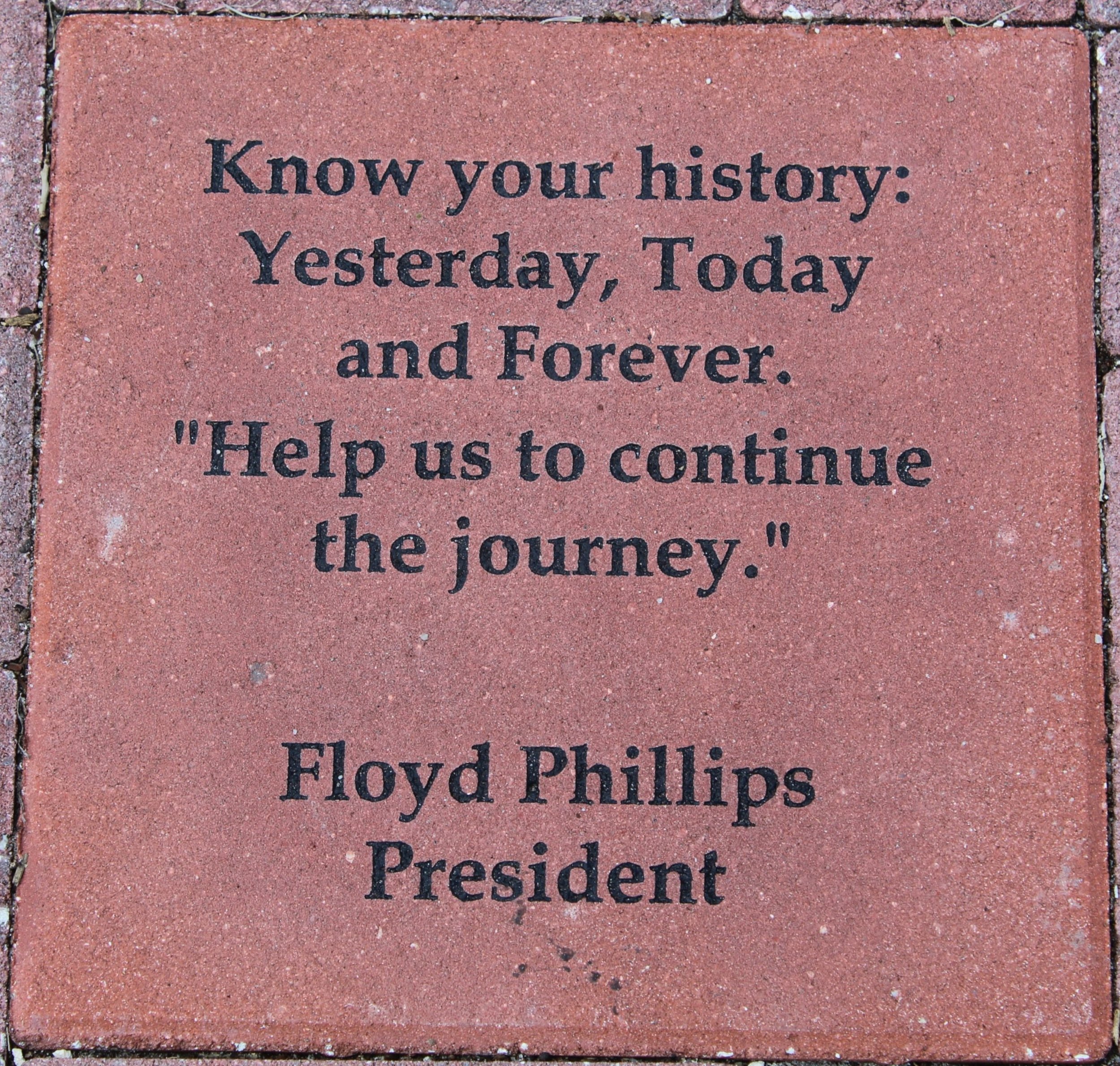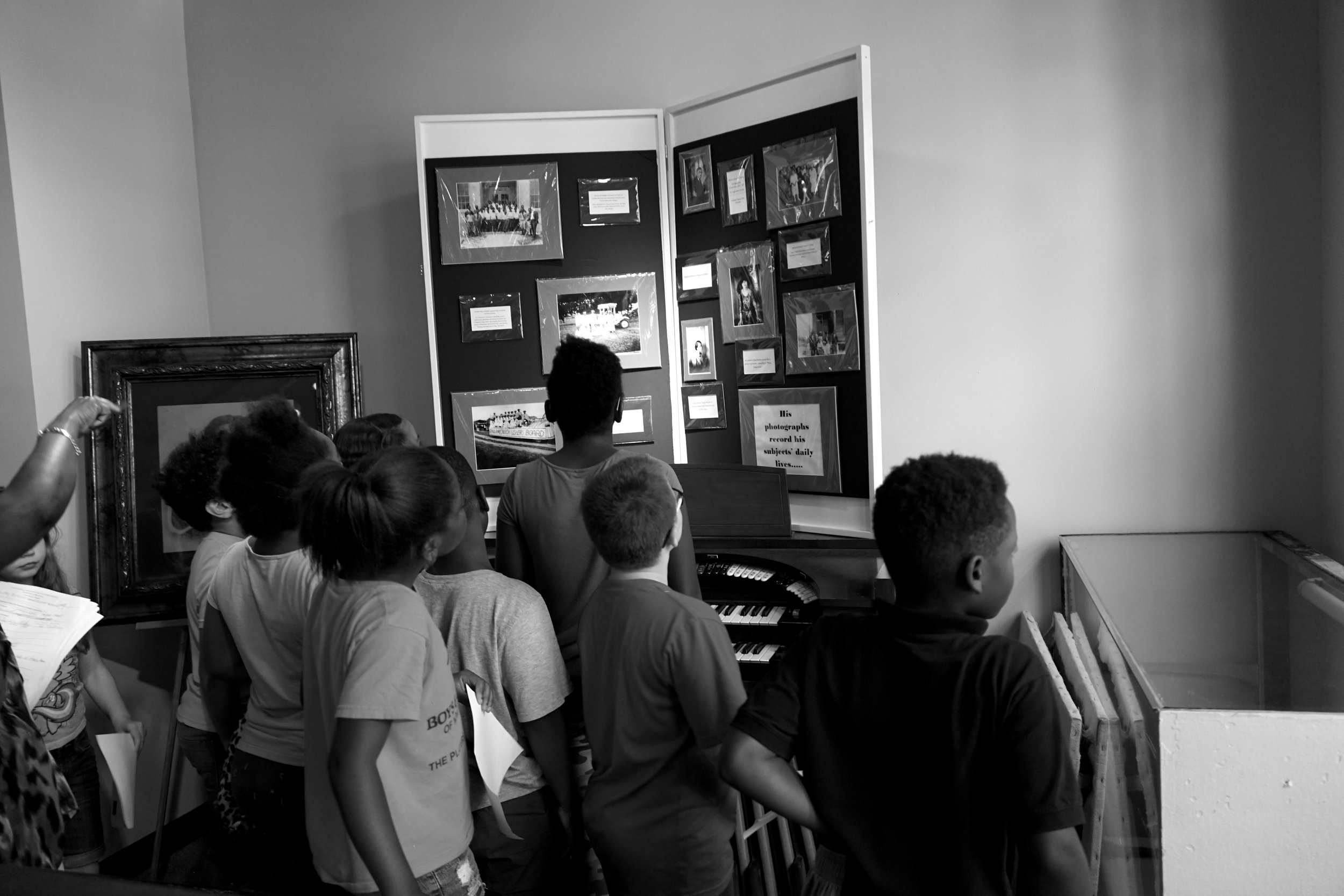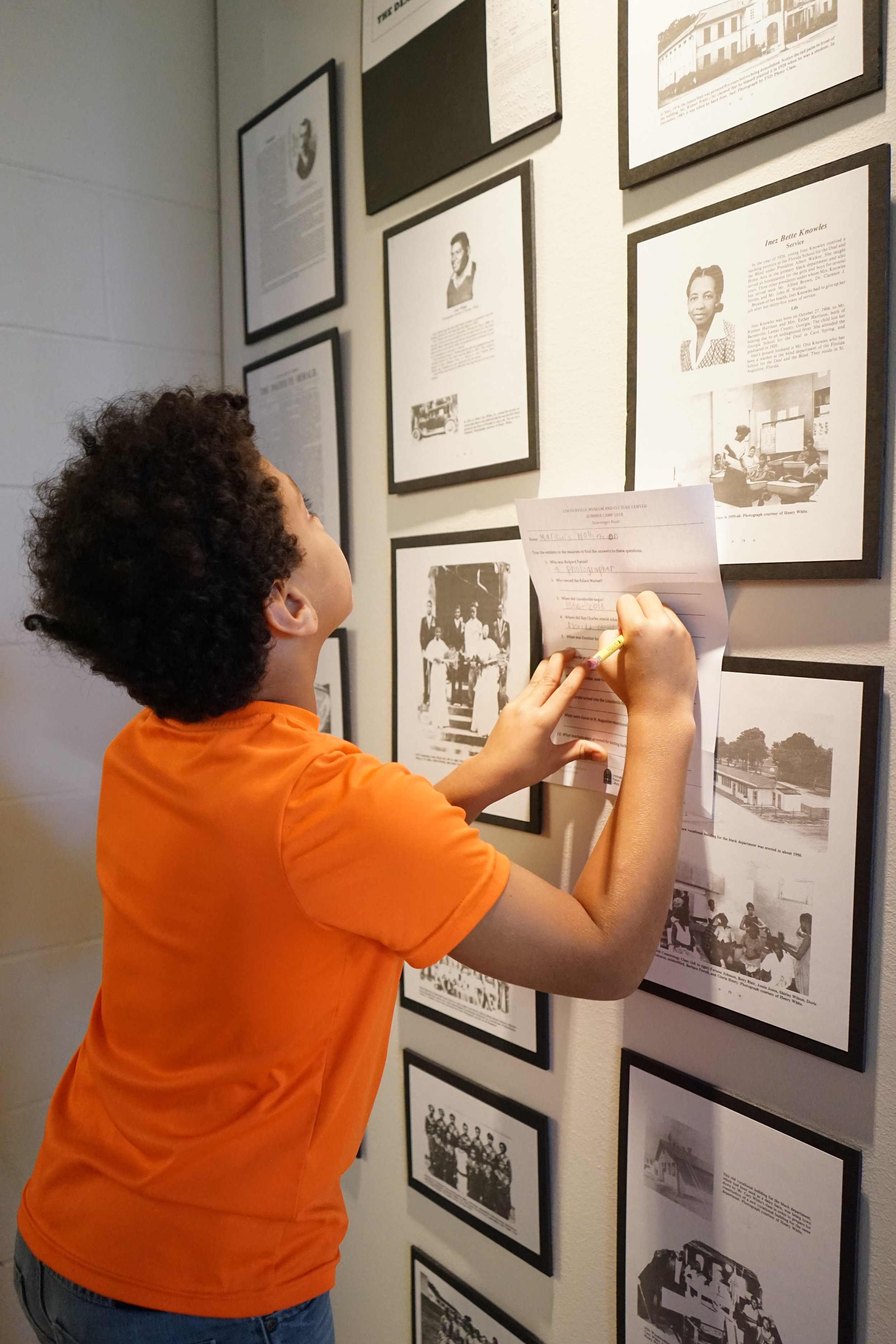Help Restore the Excelsior!
Read below to learn about the journey of the historic Excelsior School Building becoming the Lincolnville Museum and Cultural Center and our plans to rehabilitate it!
MISSION AND HISTORY
The Lincolnville Museum and Cultural Center’s (LMCC) mission is to preserve, promote and perpetuate over 450 years of the African American story through the arts, educational programs, lectures, live performances, and exhibits. It is housed in the Excelsior High School, the first for Blacks in St. Johns County, built in 1925. After the school closed, the building was repurposed for a few years, then sat vacant. A group of Excelsior alumni and community members saved the vacant building from demolition in 1989. It has since been converted into a museum and cultural center. The LMCC in the past five years has worked diligently to restore the interior spaces, develop heritage exhibits and is working on a National Park Service grant to preserve the historic structure from further decay. The LMCC transitioned from a volunteer organization in 2018 with the help of a capacity building grant from the Institute of Museums and Library Services (IMLS) which ended recently. The LMCC continues to build a stronger voice for Lincolnville and St. Augustine’s Black history. Now, the experiences of African Americans in St. Augustine, from the time of Spanish Florida to the Civil Rights Movement, are being included in more of the local and national narratives.
Left: The Original Excelsior School Building with its barrel tile roof and coquina exterior.
BACKGROUND
The Excelsior School Building was constructed in 1925 based on a design by renowned architect Fred A. Henderich who also designed the many other historical buildings and landmarks in the 1920, including the Bridge of Lions and the St. Augustine Visitor Information Center. The Mediterranean Revival style design originally featured a barrel tile roof on a coquina shell stucco finish. The walls were framed in wood, covered with brick and finished with the coquina-shell stucco. A wing was added to the southwest end of the building to add a cafeteria and second floor classrooms.
The Excelsior as a school was closed following integration of all schools in the district. By 1979 it was derelict and slated for demolition. The African American community came together to save the building from demolition and for use as a cultural center and museum.
The county leased the property from the state in 1988 for the purpose of establishing a national African American Archive Museum. The building was for a time used in part by St. Johns County for government services. The main portion of the first floor was first used as a museum in 2000.
The first attempt to run the museum was unsuccessful and an “as is” lease was granted to a newly formed Friends of Excelsior board in 2005. That board was led by former St. Johns County Superintendent of Schools Otis Mason and other prominent African American leaders who formed the Friends of Excelsior, Inc. They were granted 501(C)3 status in 2004 and sought support to start a museum in the old high school building. They opened with an exhibit on “The Way we Were,“ a photographic history of the Lincolnville community and Excelsior alumni in 2007. The museum experienced initial success, but soon waned in support. In 2011 the Friends were granted the master lease to the entire property after the county relinquished its leases and moved its operations to a centralized location. In 2012 the name was changed to the Friends of Lincolnville to make the museum more representative of the wider history of the neighborhood. In 2015, the board installed a new president following the retirement of Mason. Floyd Phillips, a former insurance executive and community leader, was instrumental in seeking new support for the museum and restoration of the Excelsior High School Building. Local governmental support was nearly non-existent. Phillips and his wife Gayle, another board member, learned about federal grants that supported fledgling African American museums. Gayle resigned from the board and wrote a capacity building grant to the Institute of Museum and Library Services in 2017. It was awarded in August 2018. She has worked with the board and the local community to upgrade exhibits and programs and bring a professional staff to the museum through a variety of grants.
Right: The Historic Excelsior School Building today.
REHABILITATING THE EXCELSIOR SCHOOL BUILDING
In 2019, the LMCC was awarded a $500,000 grant from the National Park Service for Civil Rights and African American History and Culture. Construction under that grant for infrastructure improvements got underway in September 2021, after many delays due to COVID 19. Most of the scheduled improvements were repairs to the exterior façade and stucco finish, rehabilitation of deteriorating interior spaces and repurposing of small interior rooms. Additionally, plumbing and electrical systems had to be updated to allow the second floor to be inhabited. Many items intended were ultimately excluded due to supply line delays and price increases. The items that were deleted included the replacement of an elevator, which is required for ADA compliance. The renovation of a multipurpose room used as a cultural center was also put on hold. That space is currently used for lectures, live performance of jazz and theatre as well as a venue space used by other local non-profits for their programs. It has been the major source of earned revenue for the LMCC as both rental space and paid programming.
The purpose of the new grant through the State of Florida would be to complete the items not included in the NPS Excelsior Lincolnville Preservation Project Phase 1. Phase 2 of this project would allow for installing a new elevator, retro- fitting the HVAC system, replacing the aging roof to its original barrel tile finish and upgrading all technical, electrical, and functional systems within the building. Architectural renderings have been prepared by Michael Dixon, FAIA. The original drawings and use plan were approved by the U.S. Department of Interior, and the State of Florida and the City of St. Augustine Architectural Review Board (HARB) based on the NPS grant. The additional engineering and technical updates will be added and submitted for review.
Other restoration would include returning to the classic barrel tile roof that was replaced by asphalt in the 1980s.
Image left: A newspaper detailing the Excelsior Class of 1943’s 50th reunion in 1993, including Kat Twine and Lennette Pembleton. The school has an everlasting legacy of influential community members.
BENEFITS OF THE REHABILITATION
These upgrades will move the LMCC closer to self-sustainability as it will be able to focus on operations and for once have a building that is fully functional for its programs and for use by the greater community. Currently equipment being used for theatre and live music performances are on loan from A Classical Theatre, a local theater group. The equipment is adequate, but outdated and takes up a large footprint within the multipurpose room. Renovations to that space would include built-in lighting and sound equipment and staging. The interior of the room would also be restored to its original construction, when it was the dining hall for the school.(at some point drywall covered second floor windows which were a part of the architectural splendor of the building).
In 2025 the building will be 100 years old. The LMCC plans to have a centennial celebration at that time that will include former students, teachers, and/or their descendants. Many of the people who participated in local civil rights push for equality in housing and access have a connection to the Excelsior School. Other graduates have also gone on to very successful careers throughout the country.










